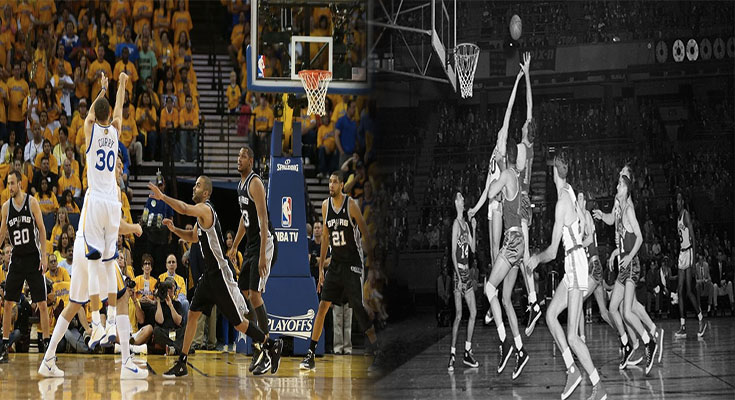
Basketball History: Evolution of Rules and Playing Styles
Basketball, a sport enjoyed by millions around the world, has a rich history of evolving rules and changing playing styles. From its inception in 1891 to the modern era, basketball has seen significant modifications that have shaped the game we know today. In this article, we will delve into the evolution of basketball rules and the various playing styles that have emerged over the years.
Early Rules of Basketball:
When James Naismith invented basketball in 1891, the game had simple rules and minimal equipment. Initially, there were only 13 basic rules, and the objective was to throw a soccer ball into peach baskets at opposite ends of the gymnasium. Players were not allowed to run with the ball or make physical contact with opponents.
Evolution of Rules:
As basketball grew in popularity, adapting and refining the rules became necessary to ensure fair competition and enhance the excitement of the game. …
Basketball History: Evolution of Rules and Playing Styles READ MORE

